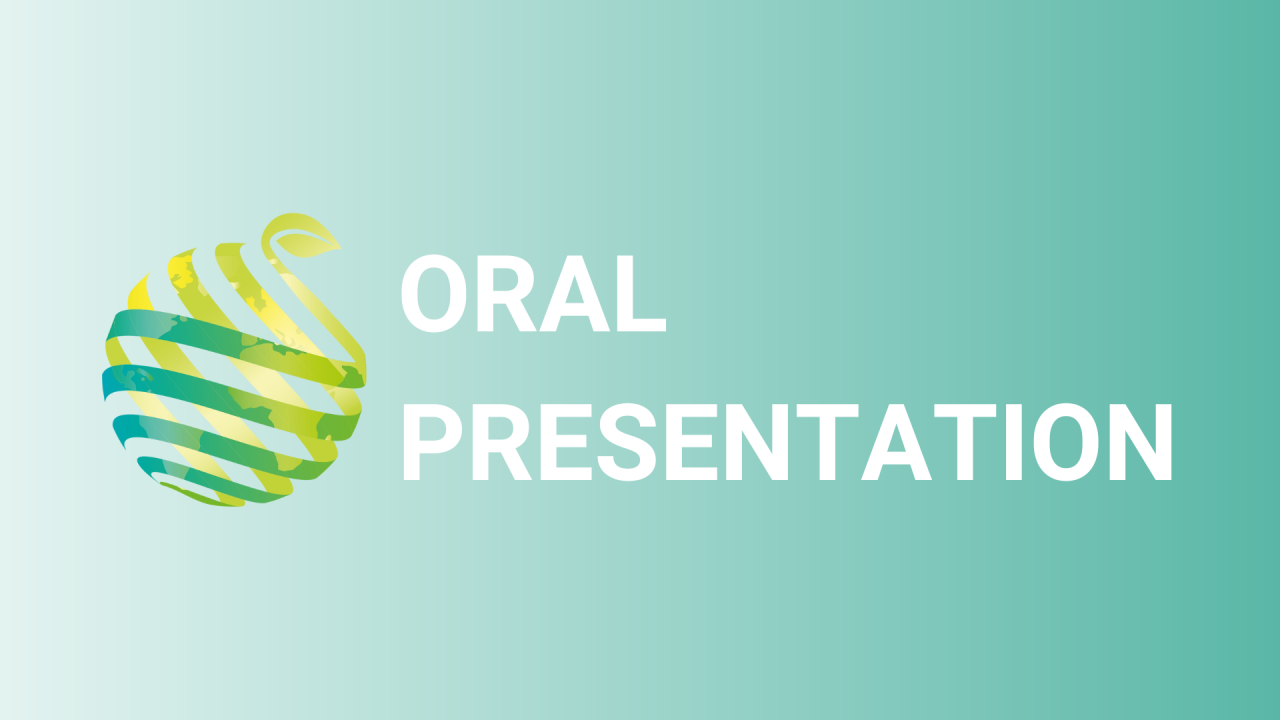

S06 - Session O3 - Intra-canopy supplemental illumination during daytime or edge-of-daytime improves fruit set of bell pepper at passive conditions in the winter.
Information
Authors: Itzhak Kamara *, Vivekanand Tiwari, Yair Many, Kira Ratner, Victor Lukyanov, Ziva Gilad, Itzhak Esquira, Dana Charuvi
Bell pepper grown in double-row beds using 'Spanish' trellis systems during the winter suffers from considerable shading of the inner canopy. Moreover, under passive growth conditions, limited light availability and low temperature over the winter may attenuate photosynthetic efficiency and result in non-optimal fruit set and thus yield. Earlier, we found that intra-canopy light-emitting diodes (LED) illumination provided during the daylight hours increased the yield harvested in the spring. In this study, carried out during 2019-2020 in the Jordan Valley, we followed fruit set and survival along the season when two supplemental illumination treatments were provided at the center of the double-row beds, during daylight hours ('LED-D') and edge-of-daylight hours ('LED-N'). We found that under both illumination regimes plants exhibited higher fruit set and fruit survival in the winter as compared to non-illuminated control sections. Notably, we found that the western-facing rows of illuminated sections had a higher contribution toward the increased winter fruit set and spring yield than the illuminated eastern-facing rows. This is likely explained by: the higher daily light integral (DLI) exhibited by the western- vs. eastern-facing outer canopy, as recorded along the season; the difference in canopy temperature between western- and eastern-facing sides; higher photosynthetic activity on the western side in the afternoon vs. the eastern side in the morning. These are also supported by plants' greater height and fresh weight on the western-facing sides of the illuminated beds. Our results provide important implications for the use of supplemental intra-canopy illumination in the winter, and will contribute toward optimization of its use for improving fruit yield under variable conditions.